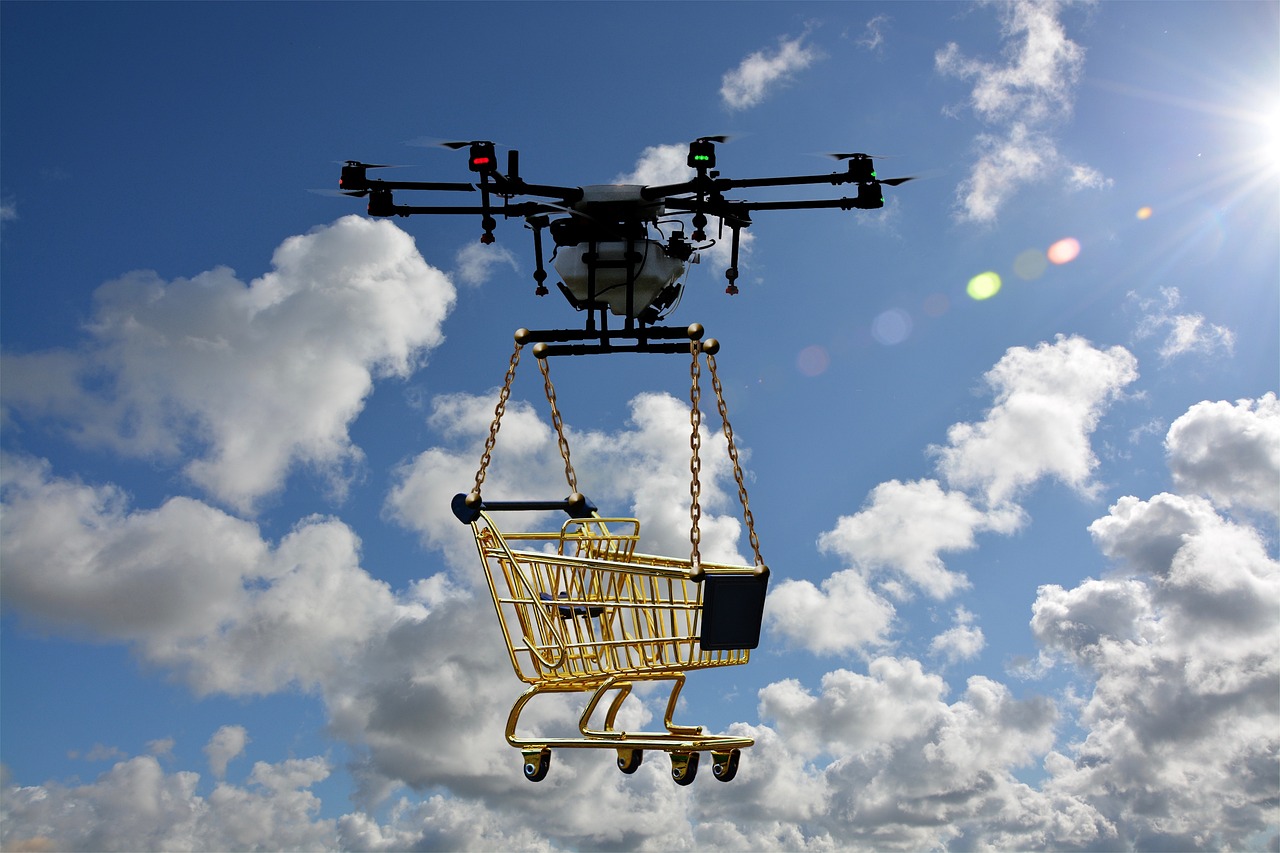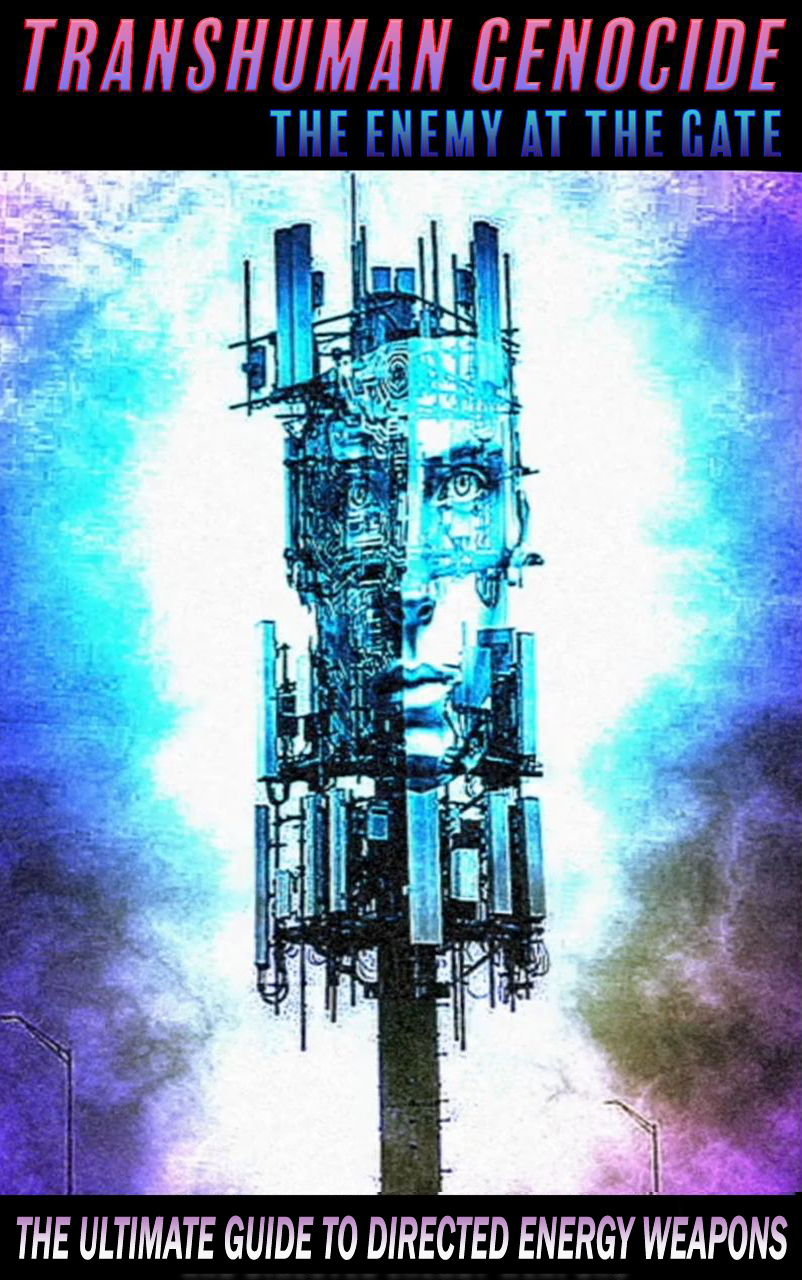The age of artificial intelligence in military operations looms over us, a specter of power and peril. The official narrative extols the virtues of AI systems like the Advanced Battlefield Management System (ABMS) and the Joint All-Domain Command-and-Control System (JADC2), promising enhanced military capabilities. Yet, beneath the veneer of progress lies a darker truth. The integration of AI into weapons systems poses grave risks, with concerns over autonomous decision-making and the potential for catastrophic outcomes lurk in the shadows.

As the world grapples with the ethical and tactical implications of autonomous technologies in warfare, a pivotal shift is occurring. The rise of drone swarms and unmanned systems, showcased in conflicts like the Russia-Ukraine clash, heralds a new era of warfare. Brandon Schingh’s call for international regulation highlights the urgency to adapt military doctrines to this evolving landscape. However, the true depths of this transformation go beyond mere tactical adjustments; they signal a seismic shift towards a future where machines dictate the fate of nations.
The narrative of warfare being reshaped by low-cost drones and autonomous weapons paints a picture of human control amid technological dominance. Yet, the strings of power are being pulled from unexpected quarters. Cyberwarfare’s grip tightens, with Starlink’s high-speed internet providing a lifeline to nations like Ukraine, all while under the watchful eye of Elon Musk. The convergence of control over critical infrastructure raises questions of sovereignty and agency in the face of technological hegemony.
The march towards integrating advanced AI into weapons systems, including nuclear arsenals, sets the stage for a perilous dance of algorithms and annihilation. From Russia-Ukraine drone exchanges to Israel’s AI targeting programs, the specter of AI decision-making in matters of life and death looms large. Experts warn of the dystopian future where AI mirrors the apocalyptic scenarios of science fiction, urging for robust laws to avert catastrophe. The question is not merely about the capabilities of AI but the intentions of those who wield this power.
Elon Musk’s vision of AI and drones dominating future wars casts a long shadow over the geopolitical landscape. His advocacy for accelerated drone production and the strategic importance of the Starlink satellite network underscores a blueprint for military supremacy. As Musk’s influence in Washington grows, so does the reach of his agenda, shaping not just the battlefield but the corridors of power. The consolidation of such influence raises alarms about the concentration of power in the hands of a select few, steering the course of nations towards an uncertain destiny.
In the crucible of AI-driven warfare, intent, means, and opportunity converge to form a nexus of control and influence. The intent to reshape warfare through AI, the means of technological advancement, and the opportunity to wield unprecedented power coalesce in a dangerous cocktail. The fusion of military might with technological prowess not only alters the dynamics of conflict but also redefines the boundaries of control and autonomy. The stage is set for a new world order where the balance of power hangs on the edge of a digital precipice.
The trajectory of humanity is at a crossroads, where the convergence of AI, drones, and autonomous systems heralds a future fraught with uncertainty. As we stand on the brink of a new era defined by technological supremacy, the stakes have never been higher. The echoes of history reverberate through these corridors of power, reminding us that the choices we make today will shape the world of tomorrow. The time to heed the warning signs and challenge the encroaching shadows of the beast system is now, for the future of humanity hangs in the balance.

